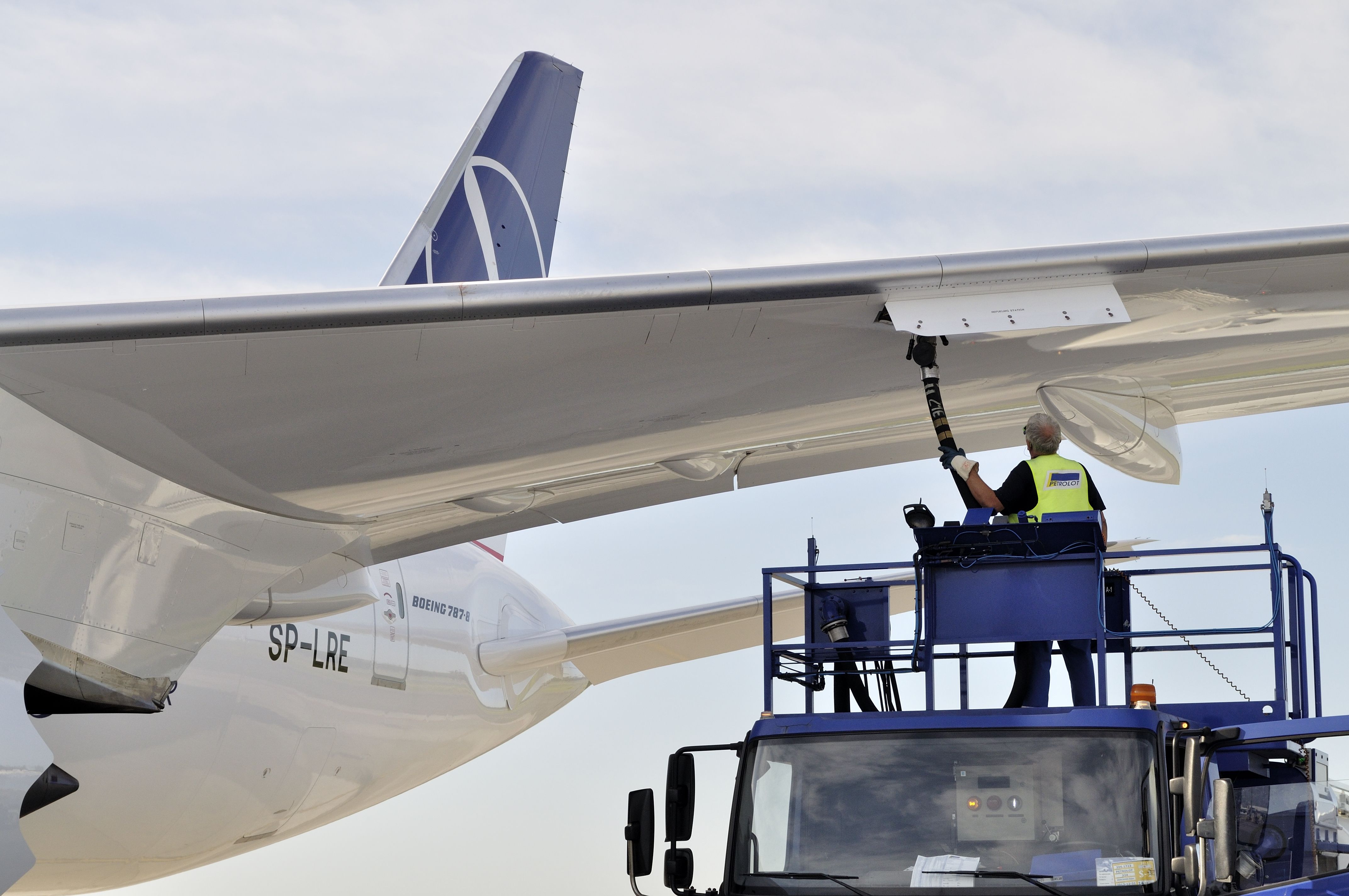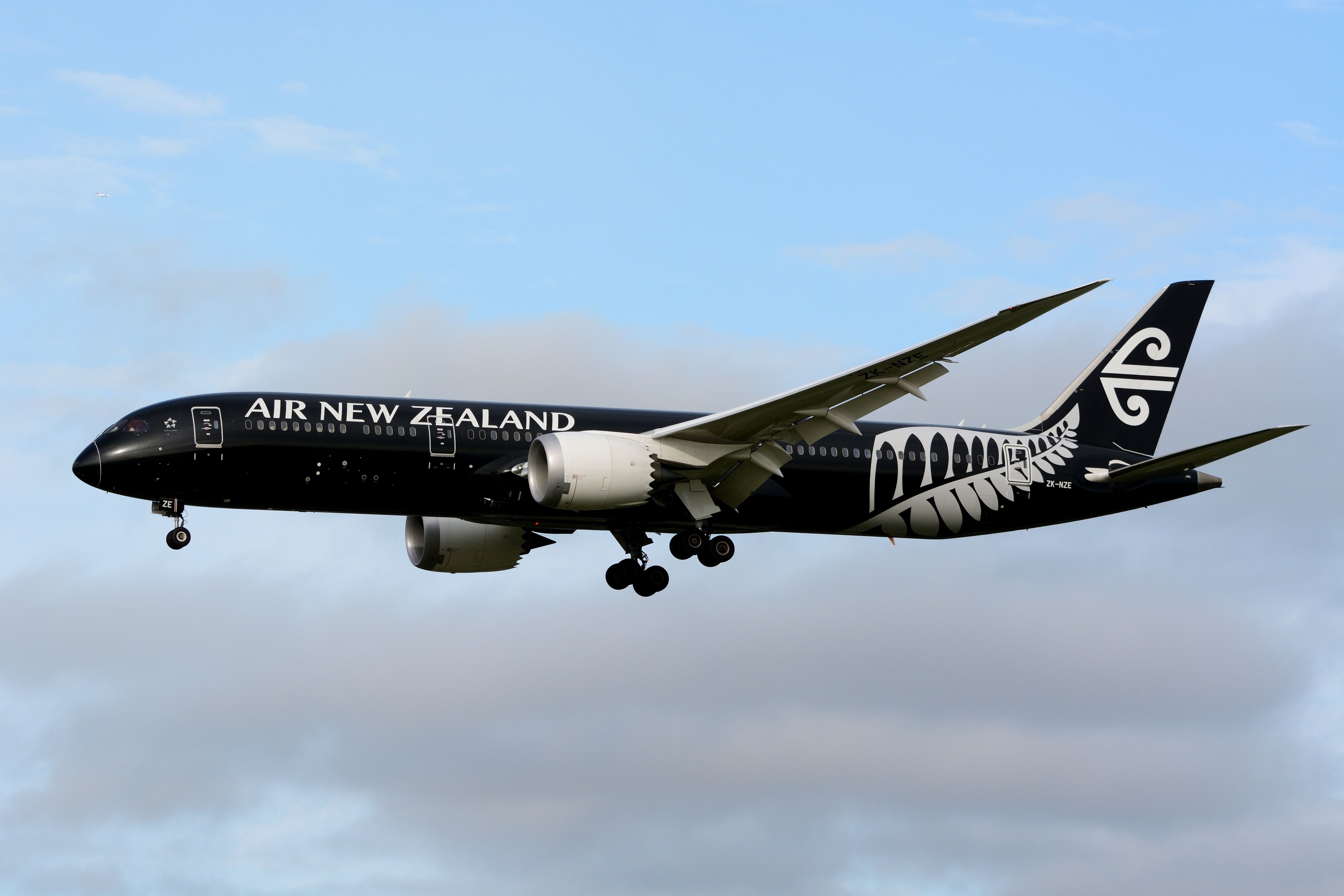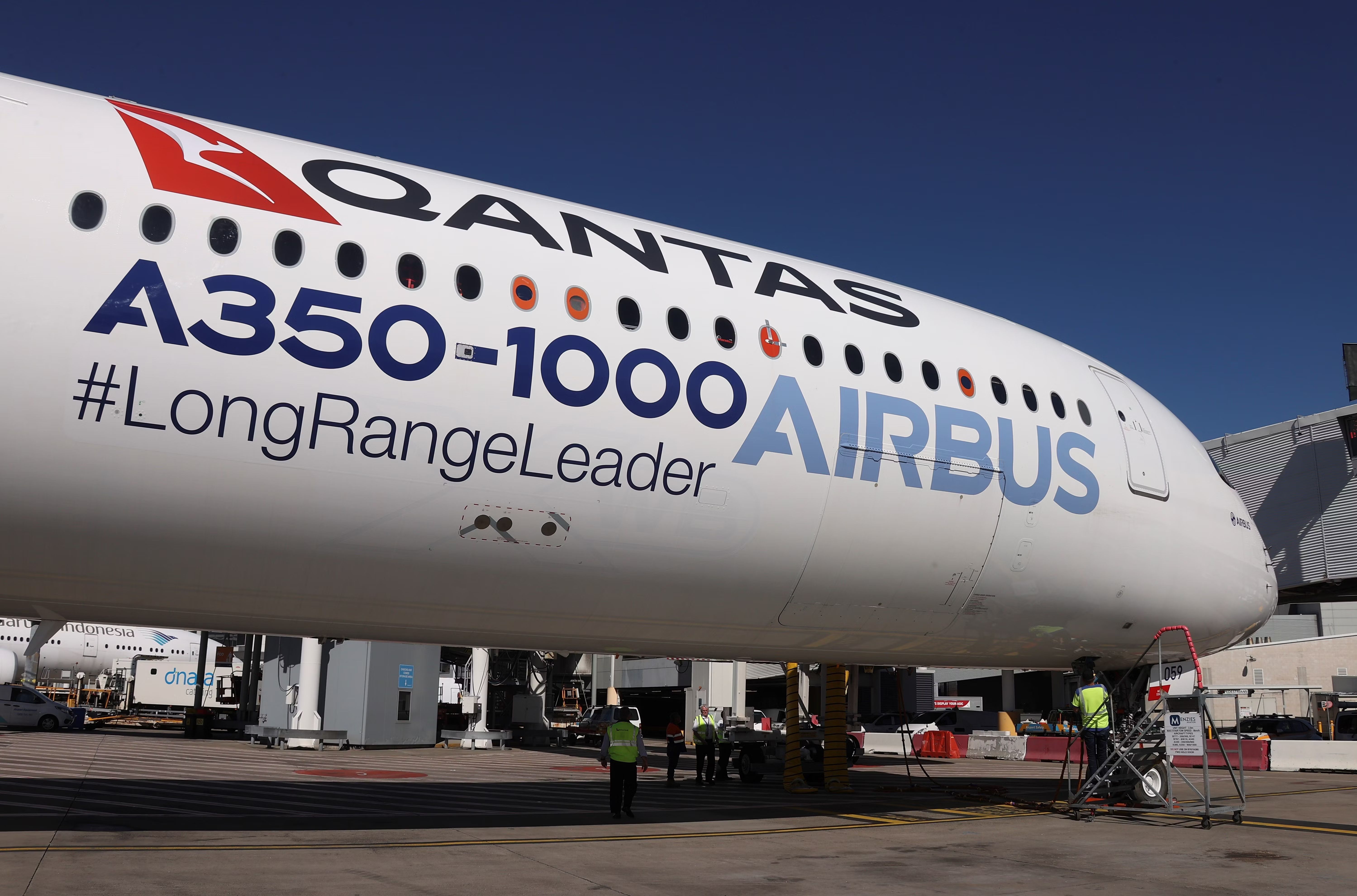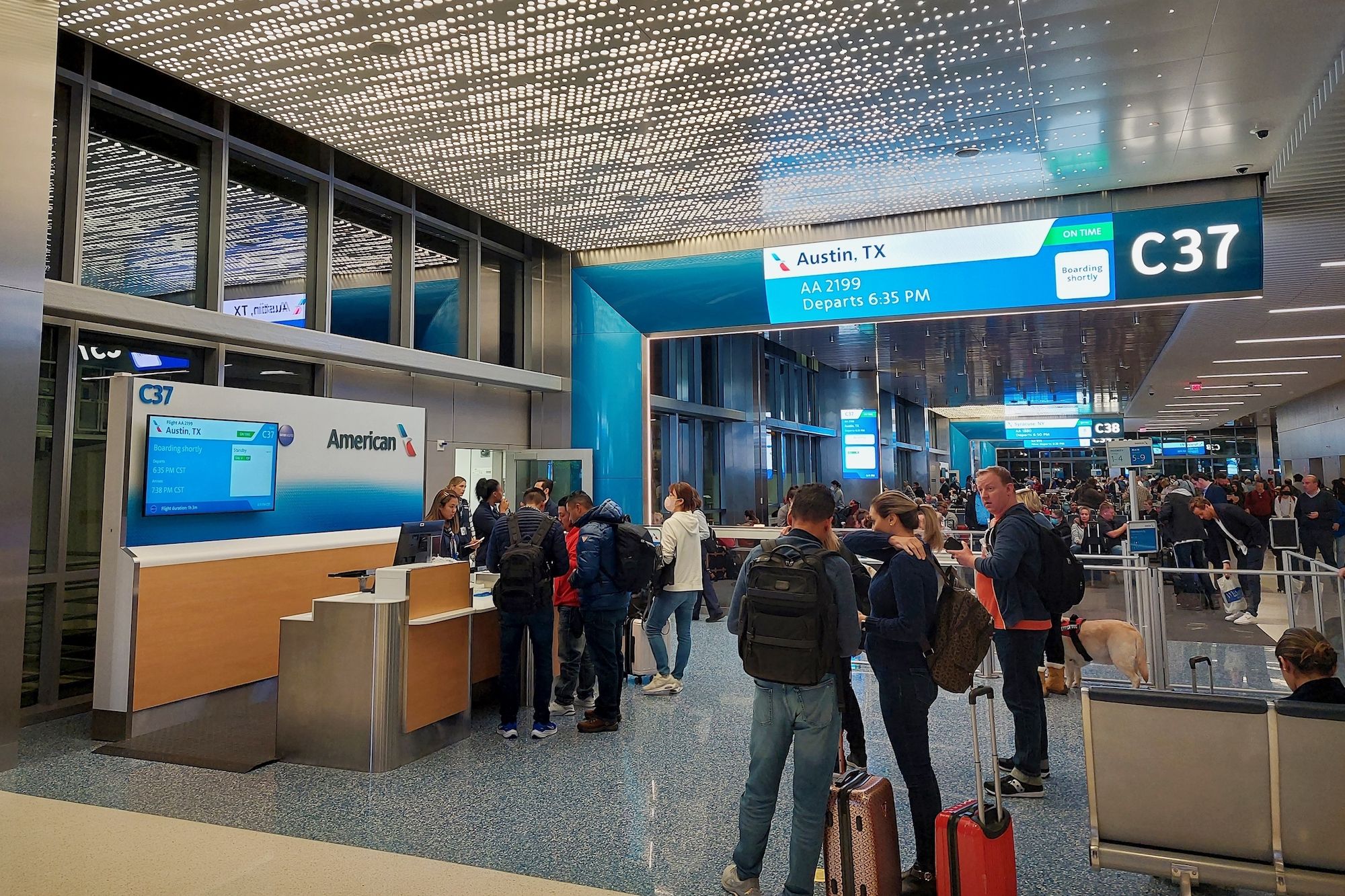Summary
- The Earth’s rotation does not directly affect the speed of a flight. The real reason for discrepancies in flight times is jet streams, fast-flowing air currents in the atmosphere.
- Jet streams are formed by atmospheric heating and the Earth’s Coriolis force. They can be as strong as 80 to 140 miles per hour and significantly impact flight times.
- While jet streams can cut down flight times and reduce fuel burn, they also increase the risk of clear air turbulence. Studies show that clear air turbulence is set to rise due to global warming, making flying through jet streams riskier in the future.
A transatlantic flight from London to Vancouver takes about nine hours and 45 minutes, while the return journey takes just under nine hours. The aircraft follows a similar flight path in both directions, but considerable discrepancies in flight times exist.
Do these phenomena have anything to do with the Earth’s rotation? Or is the total distance somehow greater in the direction of the west? What is a jet stream? This article explores the real reason behind the geographical phenomena that impact aircraft flying in certain directions. Follow along for interesting examples where the time discrepancy is greatly realized.
It has nothing – directly – to do with the Earth spinning
Many might think the Earth’s eastward rotation is the cause for the faster eastbound journeys; this is not so. As NASA’s Robert Frost explained in an interview with Forbes, the Earth’s rotation has nothing directly to do with the speed of a flight. Just as you do not walk faster when trotting from east to west, the direction does not affect how fast a plane flies.
Photo: Vincenzo Pace | Simple Flying.
The spinning of the Earth around its own axis might look like an intuitive answer. And while it isn’t directly affecting the aircraft, the truth is still to be found in its indirect impact on the weather. More specifically, the real answer concerns a geophysical phenomenon known as jet streams.
So, what are jet streams?
The reason for quicker flights while flying eastwards is jet streams. Put simply, these are fast-flowing, narrow air currents in the atmosphere found at high altitudes. These currents are formed due to atmospheric heating from the sun’s radiation and the Earth’s Coriolis force (defined as a rotating object has a force perpendicular to the rotation axis). Combined, these factors produce streams of fast-flowing air responsible for flight times looking significantly different depending on which way they are traveling.
The most prominent jet streams are the polar stream (also called polar front jet or mid-latitude jet stream) and the subtropical stream. These can be found at 60° and 30° north and south of the equator, respectively. The polar stream is the stronger of the two, and it causes much faster winds compared to the subtropical. Most airlines on transatlantic and transpacific routes make use of the polar stream while planning flight paths.
Photo: Vincenzo Pace | Simple Flying
Jet streams can be as strong as 80 to 140 miles per hour, sometimes going all the way up to 275 mph. These strong winds come with significant upsides and downsides for commercial air travel. What’s more, as the temperature of the Earth being affected by climate change, they could be about to shift, impacting far more than just flight times.
Recent research from the University of Southampton has shown that the winter jet stream over the North Atlantic and Eurasia (responsible for storm Eunice in the UK earlier this year) has increased its average speed by 8% to 132 miles per hour. It could also shift northwards and beyond its historical boundaries within the next few decades.
Photo: Abdul N Quraishi – Abs | Shutterstock
Stay informed: Sign up for our daily and weekly aviation news digests!
Hitching a ride on the wind
But let’s briefly forget about the future and look at the historic relationship between aviation and jet streams. The first time these fast-flying air currents came to use in commercial aviation was in 1952 on a flight from Tokyo to Honolulu.
It was discovered that flying along jet streams cut the journey from 18 hours to a mere 11.5 hours when flying just under 25,000 feet. Airlines quickly realized the value of jet streams and began implementing them while planning routes.
Since the jet streams flow from west to east, they make one leg of the journey much faster (when flying with the stream) and one slower (against the stream). Imagine going downstream or upstream a river, or how it feels when you are cycling against the wind, as opposed to when you have it at your back. Returning to the example from New York to London, some flights even take a slightly longer route, specifically to benefit from the jet stream.
Even on shorter transcontinental flights between cities like New York and Los Angeles, jet streams can impact the flight time by nearly an hour. On long-haul transpacific routes, these streams can be beneficial for both passengers and airlines. By following the polar stream, flight time from Tokyo to Los Angeles is just nine hours and fifty-five minutes, versus the 11 hours and forty-five minutes in reverse.
The 747’s record 4h 55min New York to London
In February 2020, a British Airways 747 beat the transatlantic subsonic speed record thanks to strong jet streams. The aircraft made the JFK to LHR hop in just four hours and fifty-five minutes, a brand-new record, flying at over 800 miles per hour.
Photo: Vincenzo Pace | Simple Flying
In short, jet streams can drastically cut down flight times and reduce fuel burn, both important revenue implications for airlines and emissions reduction for the planet. While this may all sound like a win-win situation, there are a few things to consider.
Clear Air Turbulence
While jet streams can speed up flights, they have a significant drawback: clear air turbulence. Clear air turbulence (CAT) is sudden severe turbulence that occurs in a cloudless sky, causing violent shaking of the aircraft. It happens when a slow jet stream interacts with a fast jet stream, creating a pocket of extreme disturbance. Unlike other forms of turbulence, CAT is also impossible to detect visually or by aircraft radar.
Studies have concluded that CAT is set to rise in frequency by as much as 170% in the coming decades as a result of global warming. This means flying through jet streams will only become riskier in the coming years. Some areas could experience several hundred percent more turbulence. Estimates state that by 2050, the rate of injuries will have almost tripled.
Photo: Stanislaw Tokarski I Shutterstock
One major CAT accident occurred onboard United Airlines flight 826 from Tokyo Narita to Honolulu International in 1997 – the exact route on which jet streams were first used on a commercial flight. Sudden CAT caused the aircraft to fall 100 feet, causing severe spine and neck injuries to 18 passengers. One passenger, who wasn’t wearing their seat belt, died due to the sudden turbulence.
Not so simple
Jet streams are a natural phenomenon and, just like all natural things, are subject to change. While this only means a few more minutes or maybe an hour of extra flying on most routes, on ultra-long-haul trips, it can become an issue. The past few years have seen an extraordinary rise in demand and supply of 15+ hour flights, connecting North America and Europe with Asia and Oceania. However, they haven’t come without their bumps.
Air New Zealand’s Auckland-New York service was heavily affected by headwinds, for instance, in its infancy late last year. Clocking in at 17.5 hours, the flight pushes the Boeing 787-9 to its range limit, meaning even the smallest change can result in cancelation or, worse yet, unloading passengers and luggage.
Indeed, Air NZ has been forced to send travelers on their way without their bags or even rebook them on certain days since more weight for fuel is required. Notice again that the jet stream-supported eastbound service is far less affected and is only 15.5 hours.
Photo: Airbus
However, the hope is that newer aircraft like Qantas’ specially modified A350-1000 for Project Sunrise will have the extra capacity needed to offset these slight changes. Singapore Airlines’ A350-900ULR has avoided these issues, but as airlines try to push their current planes to the limit, expect to read a lot more about variable weather conditions. Indeed, the Dreamliner, A321neo, and A321LR have all proven that long-haul flights can be made by medium-haul aircraft.
The jet lag price
While the flight time might be shorter when flying from west to east due to jet streams, that is not necessarily beneficial for passengers. Studies seen in Travel and Leisure have shown that passengers suffer from more jet lag on eastbound flights. While there are other factors at play, it could also mean that shorter flights leave less time to adjust and grab some shut-eye on such long-haul routes.
London to New York is oft-cited as the prime example of lost sleep. The evening return flights from JFK and Newark land in the early hours of London but only take 6-6.5 hours, leaving travelers with five hours of sound sleep (at best). However, faster travel is always the preferred choice, and airlines are unlikely to change routes just to give passengers a bit more shut-eye.
Photo: JW_PNW | Shutterstock
In summary, jet streams are the reason why flights take shorter when flying from the west to the east. While they do help to shave off up to a few hours from long flights in some cases, they are not entirely without drawbacks.
Do you notice the difference in flight time when flying in either direction? Should airlines avoid jet streams due to the growing risk? Let us know your thoughts in the comments.
Source: Forbes, Geophysical Research Letters, Travel and Leisure

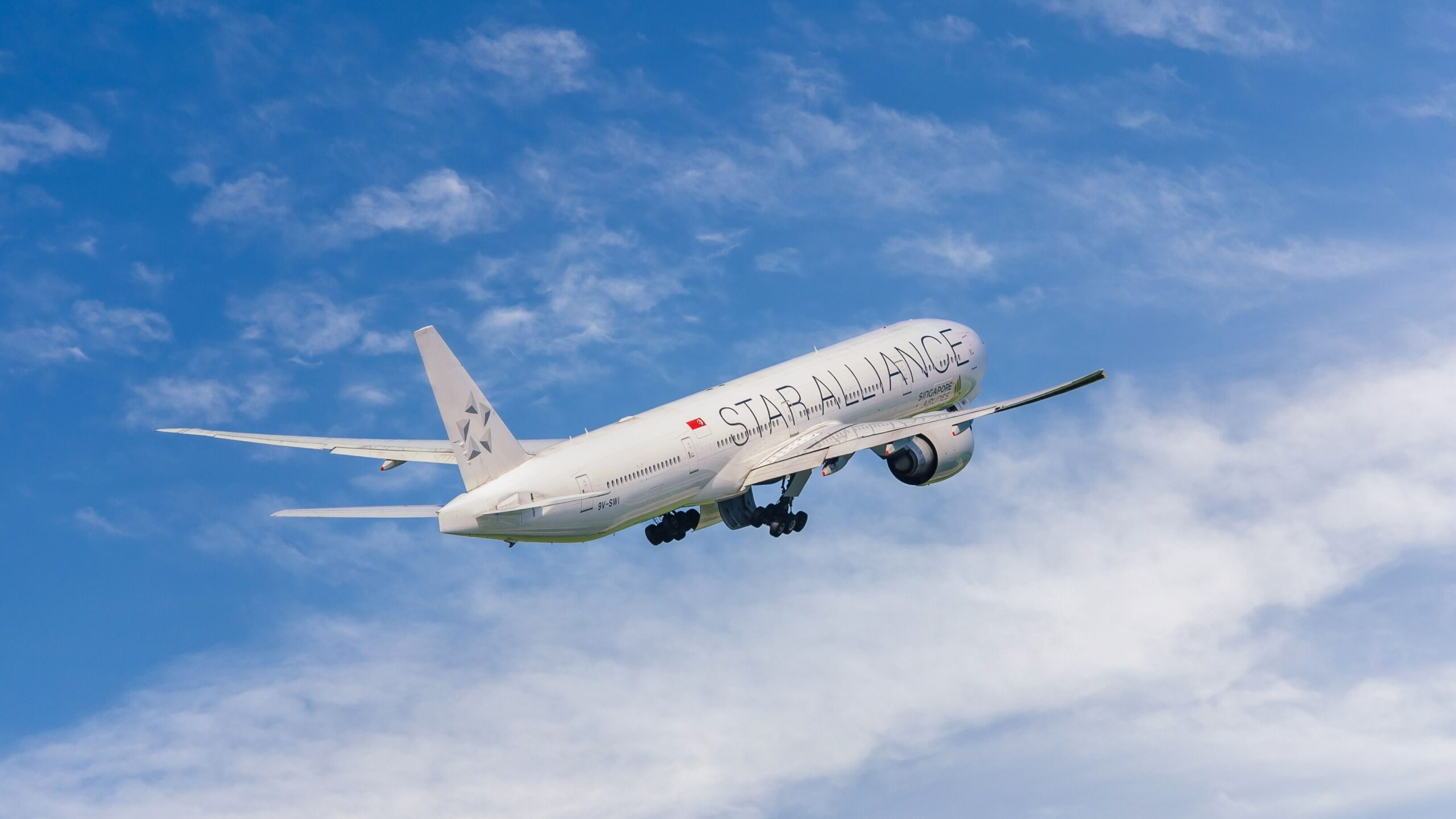
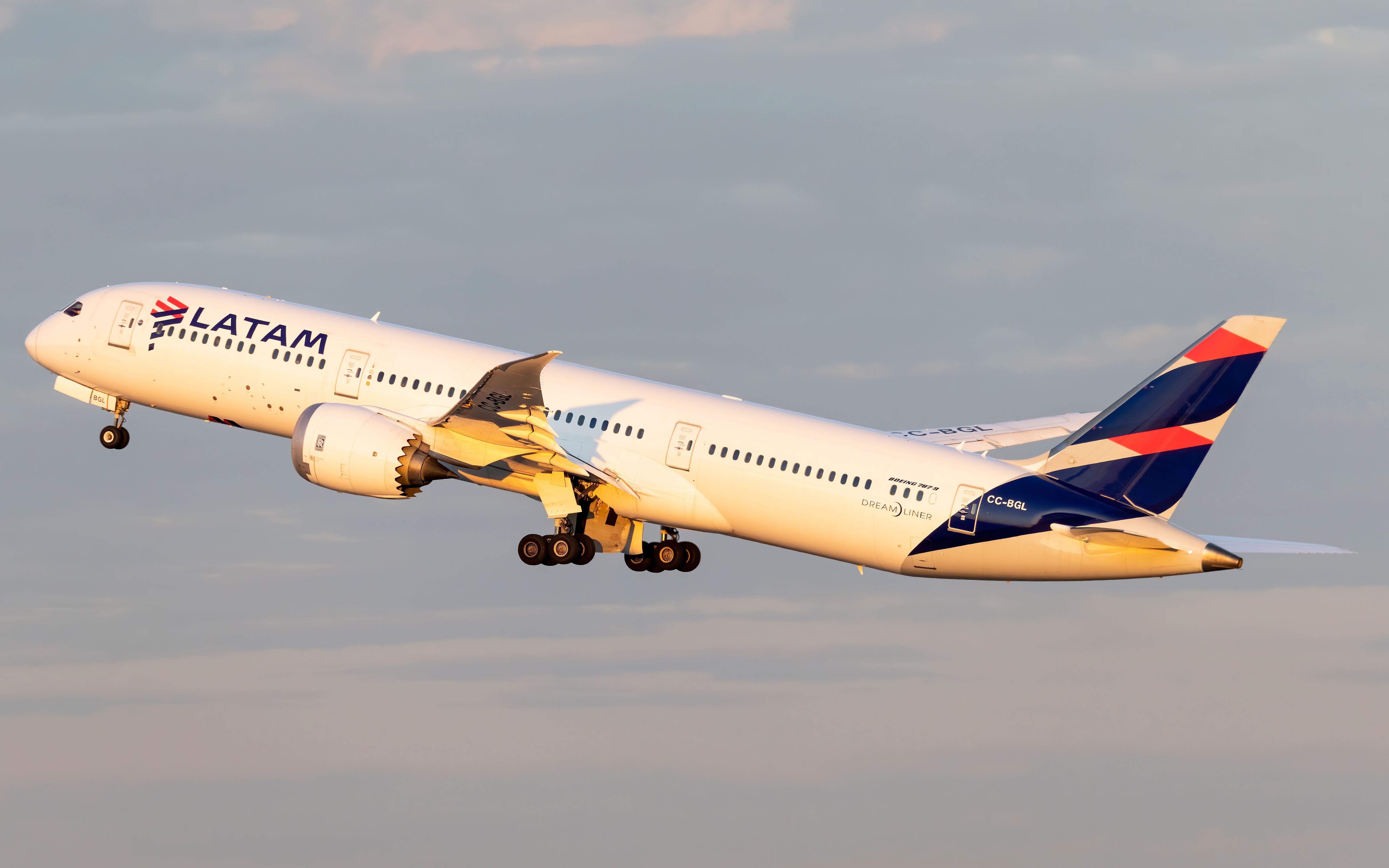
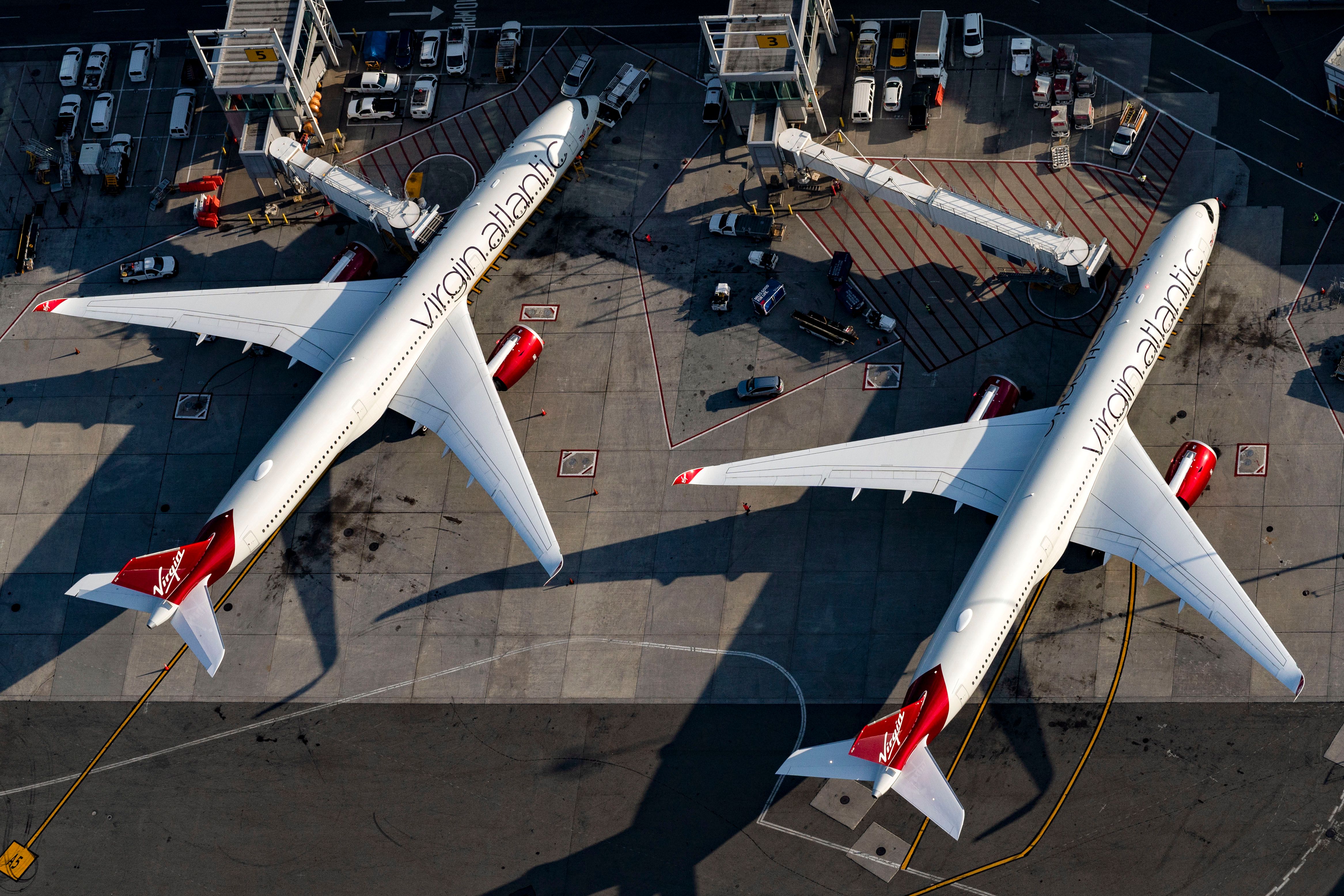
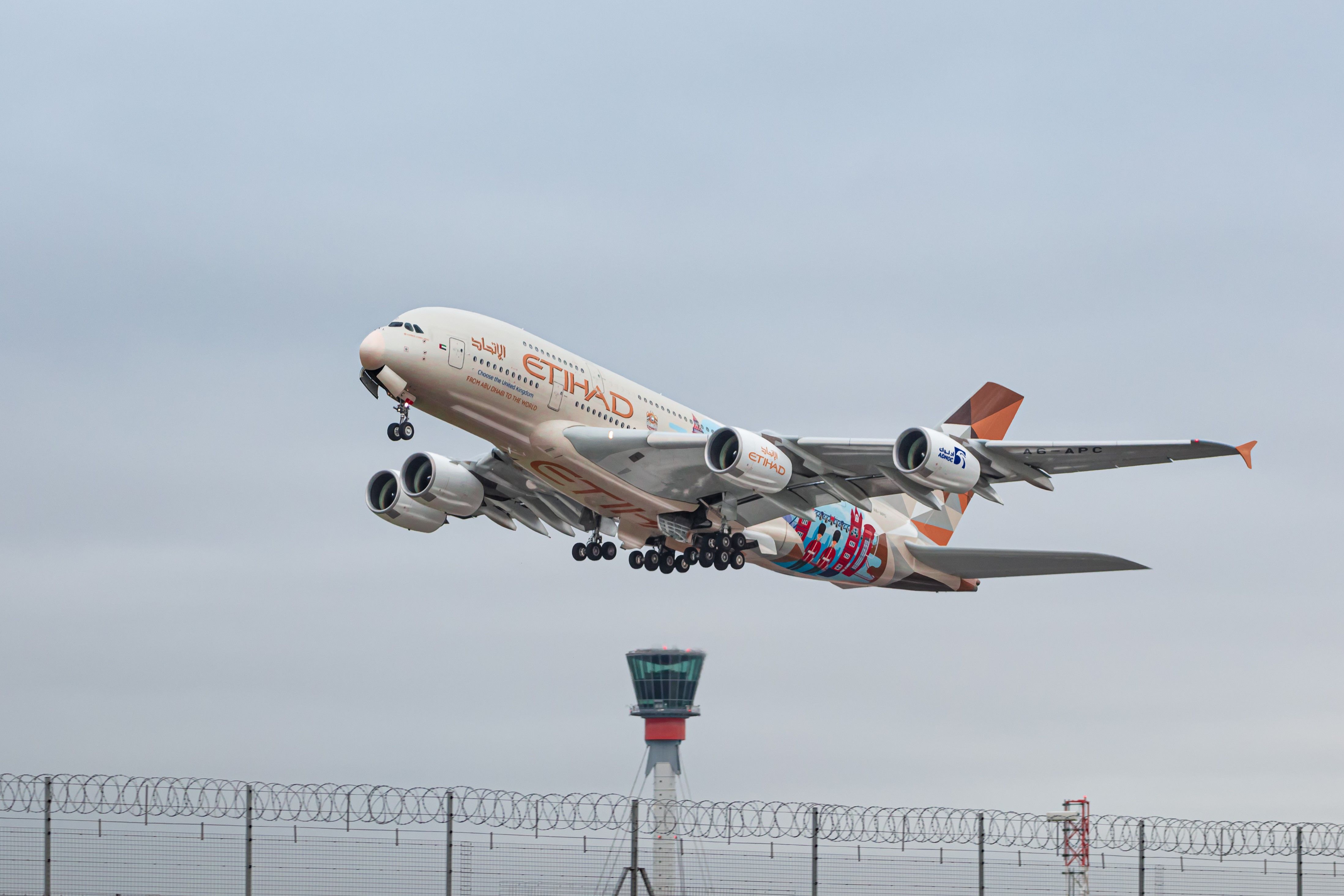
-Boeing-747-436-G-CIVI.JPG)
